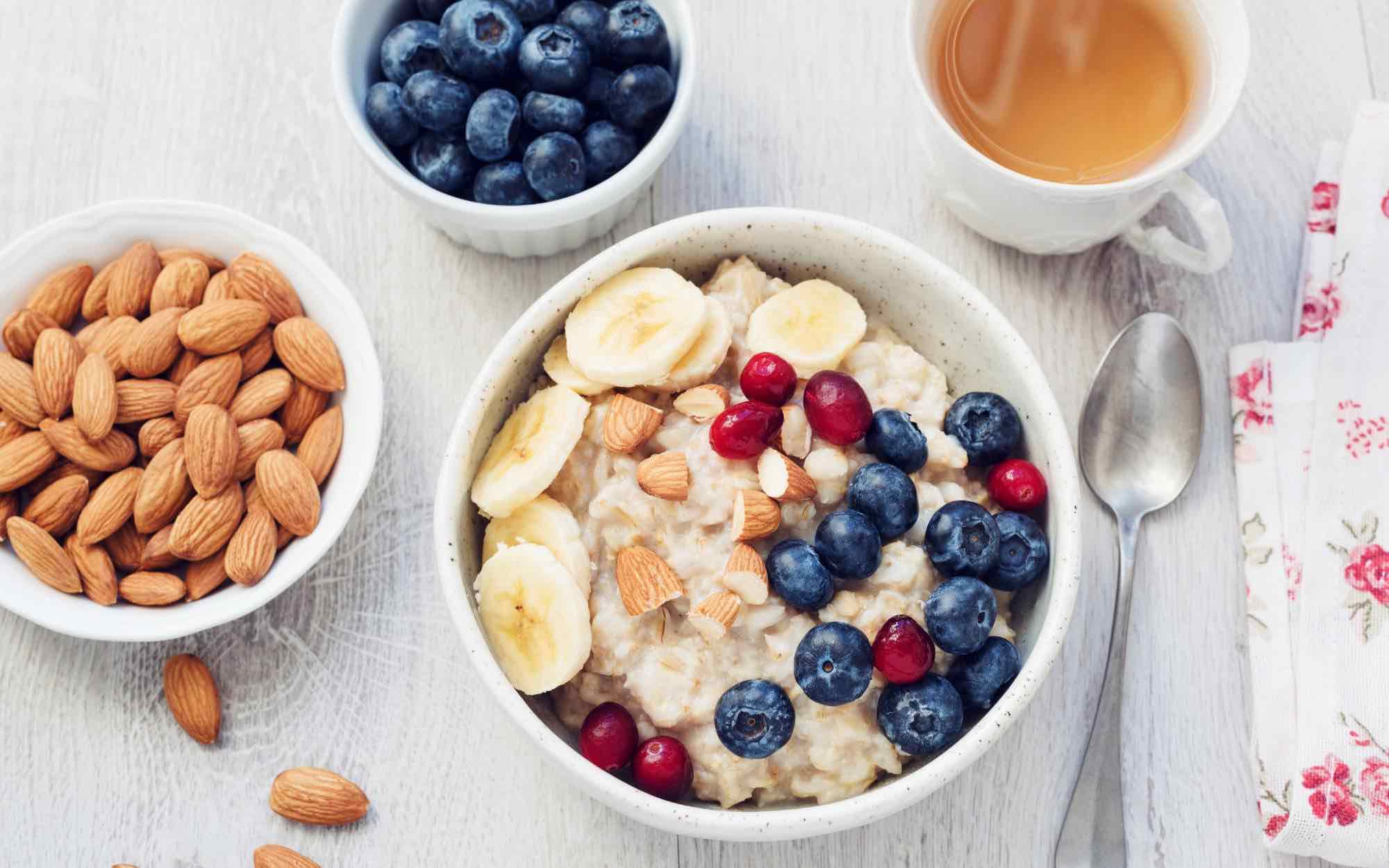Written by Dara Birnboim. Reviewed by Diana Licalzi, MS, RD, CDCES
The Benefits of Oats
Oats are a type of whole grain rich in complex carbohydrates. Unlike refined/processed carbs, which can exacerbate insulin resistance, whole complex carbs like those found in oats can actually help improve insulin sensitivity. Oats are also loaded with important vitamins, minerals, and antioxidant plant compounds such as manganese, phosphorus, and magnesium.
Beta-Glucan: The Star Compound
One compound, beta-glucan, has been shown to improve insulin sensitivity and significantly lower cholesterol. Beta-glucan is a type of soluble fiber found in oats that forms a gel-like substance in the digestive tract when consumed. This helps slow down the digestion and absorption of carbohydrates, including glucose. As a result, there's a more gradual and steady release of glucose into the bloodstream, which helps prevent sharp spikes in blood sugar levels after meals and keeps you fuller for longer.
Oats and Glycemic Index
Oats have a relatively low glycemic index (GI), which measures how quickly a food raises blood sugar levels. Foods with a lower GI are digested and absorbed more slowly, leading to a more gradual increase in blood sugar levels. Therefore, oatmeal can help keep blood sugar levels more stable throughout the day.
Lowers Type 2 Diabetes Risk and More
Despite being a carbohydrate, oats are not to be feared. In fact, a systematic review and meta-analysis conducted by Wehrli et al. showed that those with higher oat intake (more than 5.7 g/day) had a significantly lower risk of developing type 2 diabetes compared to those with lower oat intake (less than 1.3 g/day) by 22%. [1]
Incorporating oats into your diet can have numerous health benefits beyond just managing diabetes. Research shows that oats can reduce the risk of heart disease, lower blood cholesterol levels, and improve gut health. Their high fiber content supports digestive health and helps maintain a healthy weight by promoting a feeling of fullness.
Diana is a nationally recognized Registered Dietitian and Certified Diabetes Care and Education Specialist (CDCES), and holds a Master’s degree in Nutrition Science and Policy from the Tufts Friedman School of Nutrition. She received her education and dietetics training from Villanova University, Tufts University, and UC San Diego Health. Diana has over 8 years of experience working in the field of type 2 diabetes.


Leave a Comment